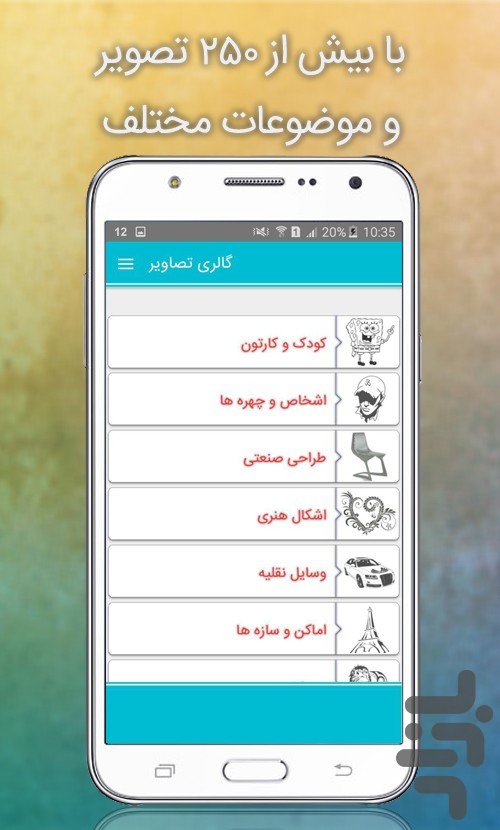


When everything was ready, we pressed Draw, and FotoSketcher previewed our changes in the right-hand pane.

#PHOTOSKETCHER REVIEW MANUAL#
Of course, we could also lighten and darken the image, change the texture, add text, and even use a manual brush. We could customize the strength of the effect, the blurring, the sepia coloring, and even the simulated old paper defects. Many of the filters can be customized by sliders. Even Photoshop users won't feel shorted by FotoSketcher's filters, which include six pencil sketch effects, eight painting effects, and all kinds of textures, frames, and borders. We clicked the Drawing style list and selected a filter type from an extensive list of options. We started simple, dragging and dropping an image into FotoSketcher, which displayed it both windows. But this simple layout doesn't mean FotoSketcher lacks features: The Drawing parameters dialog that appears when you load an image has plenty of options and settings. With a huge range of filters and options, a simple split-screen layout, and familiar controls, FotoSketcher lets you focus on the image rather than the process.įotoSketcher's user interface features a main window with identical before-and-after panes above a fairly standard but well-rendered toolbar.
#PHOTOSKETCHER REVIEW HOW TO#
Maybe you've seen photos that have been edited to look "old" or like they were painted by an Impressionist, and thought, "I'd like to do that!" Major image editing tools like Photoshop apply filters to images to create such effects, but suppose you don't have a major image editing tool like Photoshop? And even if you do, do you have the time to learn how to create these effects? Maybe you should try FotoSketcher, a simple tool for applying all kinds of visual and drawing effects to your digital images.


 0 kommentar(er)
0 kommentar(er)
